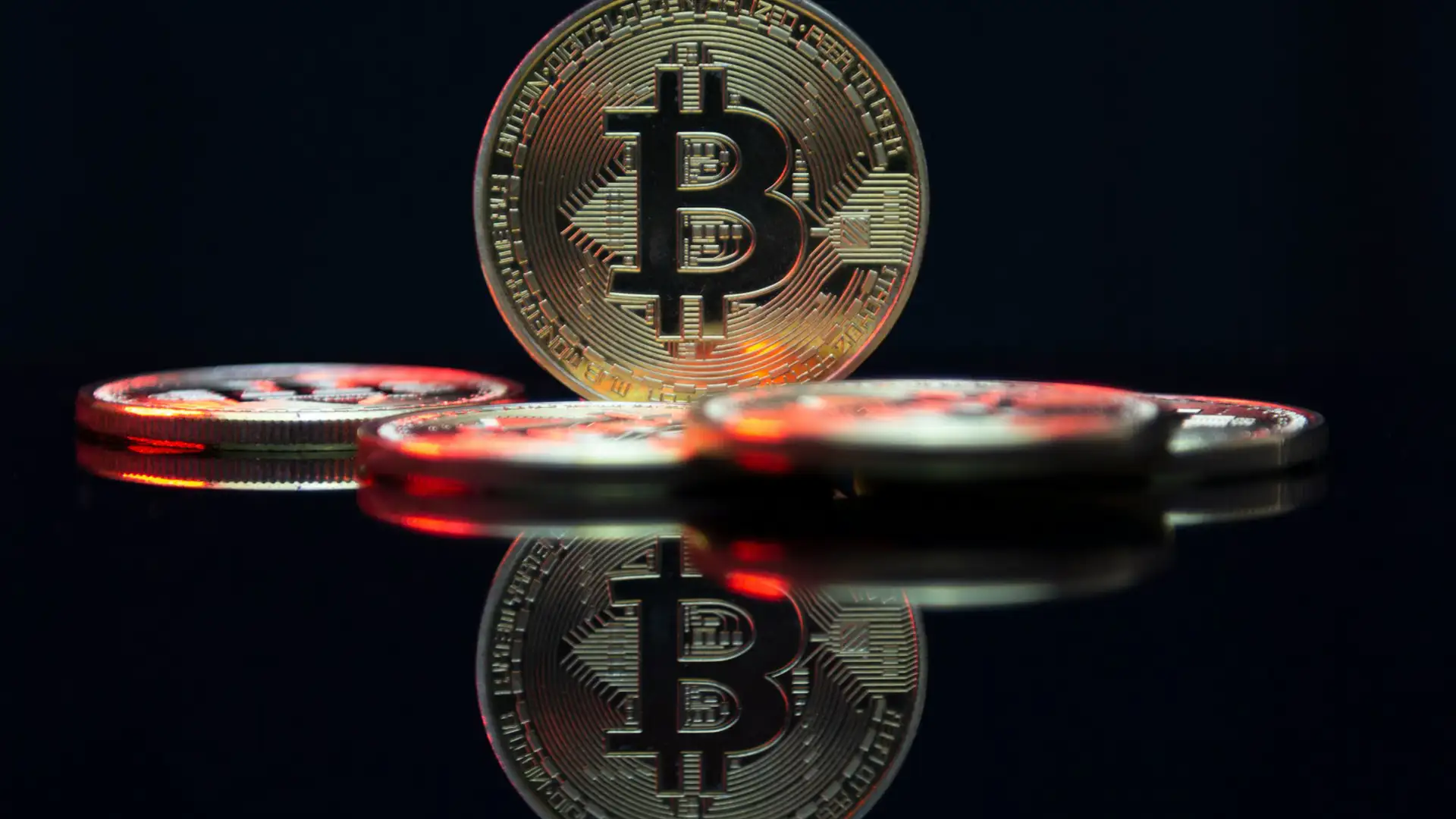Trending: Here are some Business Statistics and Trends to know

Digital assets have transformed from a niche concept understood by tech enthusiasts into a mainstream financial reality affecting millions of users worldwide. By November 2022, 16% of adult Americans had invested in digital assets, helping drive the global market to a $3 trillion valuation. Yet many people still struggle to grasp how something that exists purely as code can hold real value or serve practical purposes in their daily lives.
The challenge lies not in the technology itself, but in how we present and interact with these digital resources. When users can see, understand, and easily manage their digital holdings, adoption accelerates and confidence grows. This transformation requires innovative approaches that make the intangible feel concrete and actionable.
Understanding Digital Assets in Practical Terms
Digital assets encompass cryptocurrency, non-fungible tokens (NFTs), digital certificates, smart contracts, and tokenized real-world assets. These resources exist on blockchain networks, secured by cryptographic protocols that ensure authenticity and ownership.
Key Characteristics of Digital Assets
Ownership Verification: Blockchain technology provides immutable proof of ownership, eliminating the need for intermediaries to verify authenticity.
Transferability: Digital assets can be transferred instantly across global networks, reducing transaction times from days to minutes.
Programmability: Smart contracts enable digital assets to execute predetermined actions automatically, creating self-governing financial instruments.
Divisibility: Many digital assets can be divided into fractional units, allowing for micro-investments and precise value transfers.
Current Barriers to Mass Adoption
Despite their potential, digital assets face significant obstacles that prevent widespread acceptance among everyday users.
Technical Complexity
Most digital asset platforms require users to understand complex concepts like private keys, wallet addresses, and gas fees. This technical barrier excludes a substantial portion of potential users who lack technical expertise.
Abstract Value Perception
Unlike physical assets such as real estate or gold, digital assets lack tangible characteristics that users can see or touch. This abstraction makes it difficult for many people to understand their value proposition.
Security Concerns
Users worry about losing access to their holdings through technical errors or malicious attacks. This concern becomes particularly relevant when people first begin acquiring cryptocurrency through accessible methods.
Regulatory Uncertainty
Evolving regulations create confusion about the legal status of digital assets, making users hesitant to invest in something that might face future restrictions.
Strategies for Making Digital Assets More Tangible
Visual Representation and User Interface Design
Modern digital asset platforms are revolutionizing user experience through intuitive visual design. Interactive dashboards display portfolio performance using familiar charts and graphs, similar to traditional investment platforms.
Real-time visualizations show asset movements, price changes, and transaction histories in ways that mirror conventional banking interfaces. Users can see their digital wealth grow or decline just as they would monitor a stock portfolio.
Practical Use Cases and Integration
The most effective way to make digital assets tangible is through practical applications that solve real problems. Payment systems that accept cryptocurrency for everyday purchases demonstrate immediate utility.
Making cryptocurrency acquisition more accessible helps bridge the gap between traditional and digital finance. Many newcomers find that they can use Bitcoin ATMs as a familiar starting point, since these machines operate similarly to traditional bank ATMs. This physical interaction with digital currency acquisition creates a tangible entry point into the broader digital asset ecosystem.
Loyalty programs that reward customers with digital tokens create familiar engagement patterns. Gaming platforms that allow players to truly own in-game items showcase digital asset benefits in entertaining contexts.

Photo by Kanchanara on Unsplash
Educational Resources and Guided Experiences
Comprehensive educational programs help users understand digital assets through relatable analogies and step-by-step tutorials. These programs often include guidance on evaluating the best cryptocurrencies for different investment goals and risk tolerance levels. Interactive learning modules allow users to practice with small amounts before committing significant resources.
Mentorship programs connect experienced users with newcomers, providing personalized guidance and building confidence through community support.
Technology Solutions Enhancing Accessibility
Simplified Wallet Management
Modern wallet solutions eliminate complex technical processes through user-friendly interfaces. Biometric authentication replaces lengthy private key management, while automatic backup systems prevent loss of access.
Social recovery features allow users to regain wallet access through trusted contacts, reducing anxiety about permanent loss of digital assets.
Cross-Platform Integration
Digital asset platforms increasingly integrate with existing financial services, allowing users to manage traditional and digital investments from unified interfaces. When selecting platforms, users benefit from researching the best crypto exchanges that offer comprehensive features, security measures, and user-friendly interfaces. This integration makes digital assets feel like natural extensions of conventional financial tools.
Mobile-First Design
Smartphone applications bring digital asset management to users’ pockets, enabling quick transactions and portfolio monitoring. Push notifications keep users informed about important changes without requiring constant attention.
Real-World Applications Driving Adoption
Digital Collectibles and Art
NFT marketplaces have successfully made digital ownership tangible through visual art, music, and collectibles. Users can display their digital collections, trade with others, and participate in creator communities.
Tokenized Real Estate
Platforms that tokenize real estate allow users to own fractions of physical properties through digital assets. This approach connects abstract digital tokens to concrete real estate value.
Decentralized Finance (DeFi) Services
DeFi platforms offer familiar financial services like lending, borrowing, and earning interest through digital assets. Users can see their money working similarly to traditional savings accounts or investment products.
Building User Confidence Through Transparency
Clear Communication
Successful digital asset platforms prioritize clear, jargon-free communication. They explain complex concepts using everyday language and provide comprehensive documentation for all features.
Robust Security Measures
Implementing and clearly communicating security measures builds user trust. Multi-signature authentication, insurance coverage, and regular security audits demonstrate a commitment to user protection.
Regulatory Compliance
Platforms that proactively comply with regulations and maintain transparent legal status help users feel confident about their investments’ legitimacy.
Future Outlook and Opportunities
The digital asset landscape continues evolving toward greater accessibility and practical utility. U.S. taxpayers report virtual currency transactions surged from approximately 2.3 million in 2020 to about 6.8 million in 2021, demonstrating both rapid adoption and increased regulatory compliance. Integration with traditional financial systems will accelerate as regulatory frameworks mature.
Emerging technologies like augmented reality may soon allow users to visualize their digital assets in physical spaces, further bridging the gap between virtual and tangible experiences.
Mass adoption ultimately depends on creating seamless user experiences that hide technical complexity while delivering clear value propositions. As digital assets become easier to understand, use, and integrate into daily life, they will transition from speculative investments to practical financial tools.
Conclusion
Making digital assets more tangible requires a comprehensive approach that addresses technical barriers, educational needs, and practical applications. Success depends on creating user experiences that feel familiar while delivering the unique benefits of blockchain technology.
The companies and platforms that successfully bridge this gap will unlock digital assets’ full potential, creating new opportunities for financial inclusion and economic participation. As these tools become more accessible, they will fundamentally transform how people interact with money, investments, and digital value.
The future belongs to platforms that can make the complex simple, the abstract concrete, and the digital genuinely useful for everyday users.


